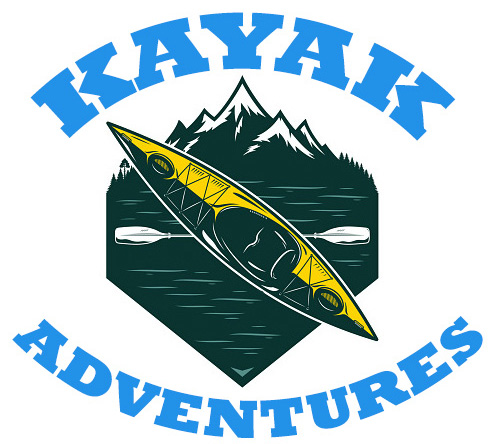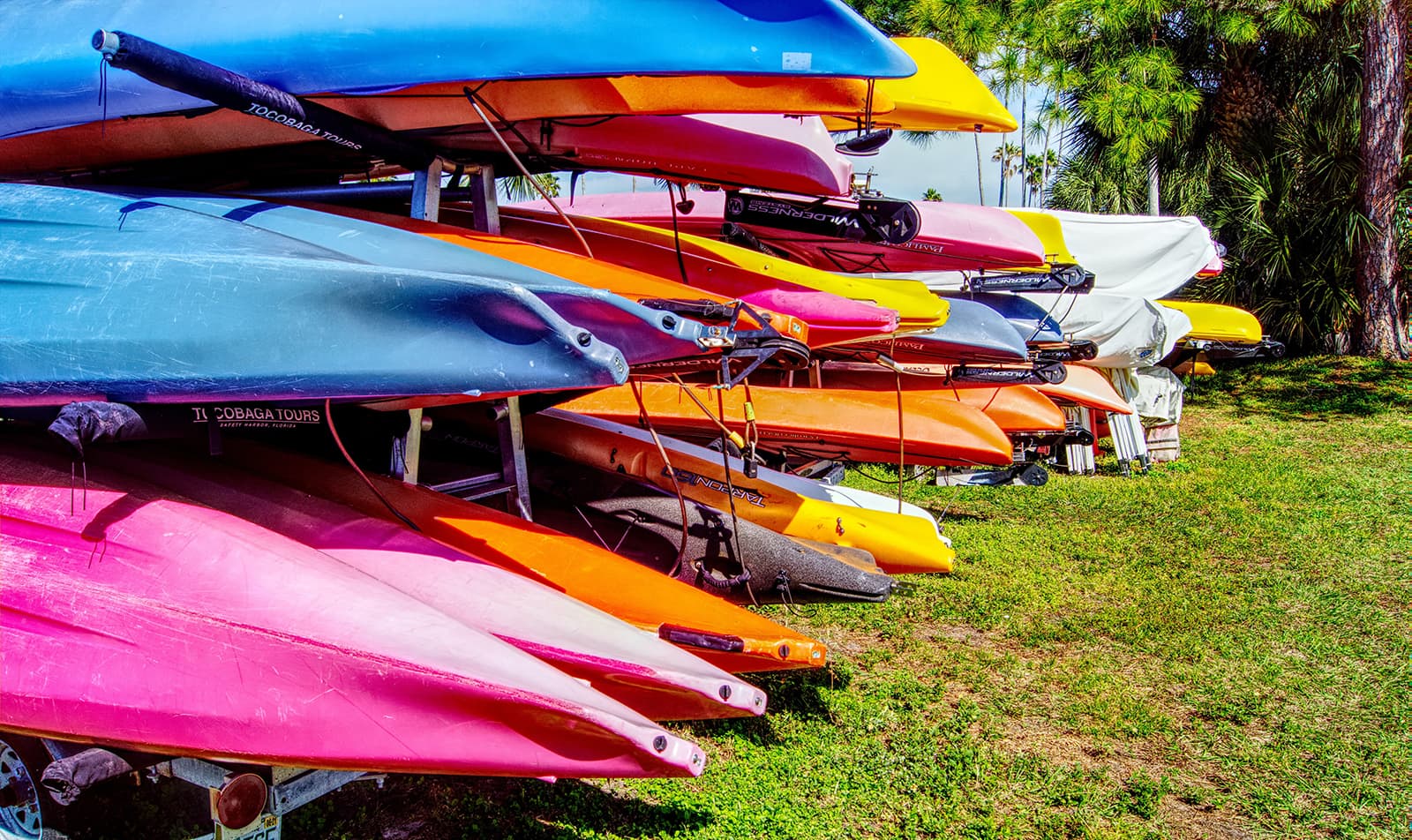Contents
- 1
Kayaks: A Guide to the Types and Specifications
- 1.1
Different Types of Kayaks
- 1.1.1 Sit-on-top Kayaks
- 1.1.2 Sit-in Kayaks
- 1.1.3 Inflatable Kayaks
- 1.1.4 Recreational Kayaks
- 1.1.5 Touring Kayaks
- 1.1.6 Tandem Kayaks
- 1.1.7 Pedaling Kayaks
- 1.1.8 Whitewater Kayaks
- 1.1.9 Crossover Kayaks
- 1.1.10 Sea Kayaks
- 1.1.11 Folding Kayaks
- 1.1.12 Sailing Kayaks
- 1.1.13 Fishing kayaks
- 1.1.14 Surf Kayaks
- 1.2 Choosing a Kayak
- 1.1
Different Types of Kayaks
Kayaks: A Guide to the Types and Specifications
Kayaks are a great way to explore waterways and enjoy the great outdoors. There are different types of kayaks available for different activities, as well as different specifications that you should consider when choosing the right kayak for you. In this guide, we will discuss the different types of kayaks available, their unique features, and the conditions in which they should be used. We’ll also provide tips on how to choose the right kayak for your needs!
Different Types of Kayaks
There are as many different types of kayaks as there are ways to use them. It’s safe to say that your options are virtually limitless. But to help you narrow down your search, we’ve compiled a list of the most popular kayak types and their unique features. Each type has its own unique set of features and benefits that make it better suited for certain conditions or activities.
Sit-on-top Kayaks
Sit-on-top kayaks are the most popular type of kayak on the market. They’re stable, easy to get in and out of, and offer great visibility while you’re paddling.
If you’re just getting started with kayaking, then a sit-on-top kayak is probably the best option for you. But if you have some experience under your belt and you’re looking for a more challenging experience, then a sit-in kayak might be a better choice.
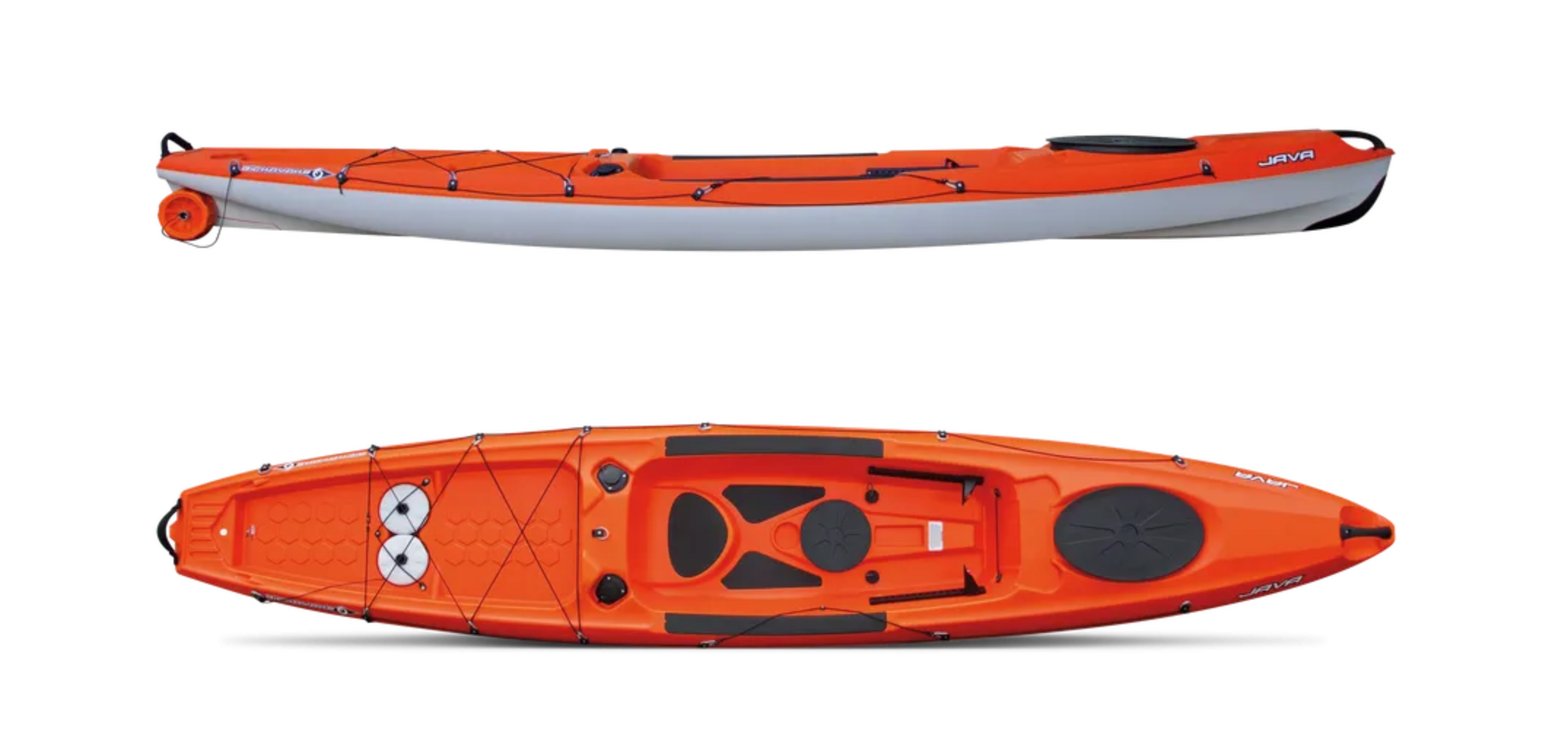
Sit-in Kayaks
Sit-in kayaks offer a more traditional kayaking experience. They’re designed for speed and efficiency, and they provide good protection from the elements.
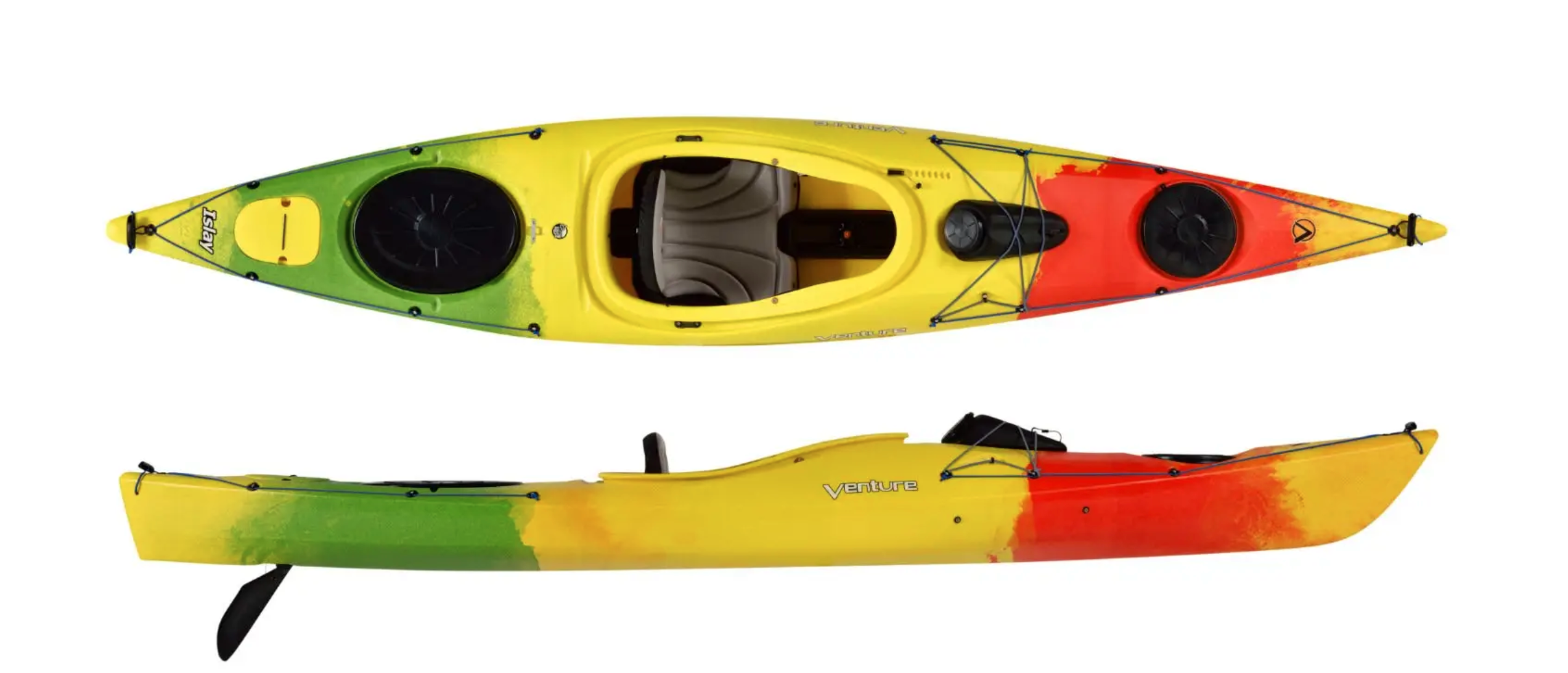
If you’re an experienced kayaker who wants to cover a lot of ground, then a sit-in kayak is probably the best option for you. But if you’re just getting started or you want a leisurely experience, then a sit-on-top kayak might be a better choice.
Inflatable Kayaks
Inflatable kayaks are a great option for those who want the portability of an inflatable boat with the performance of a hard-shell kayak. They’re also good for beginners, as they’re very stable. However, they can be more difficult to paddle in windy conditions.
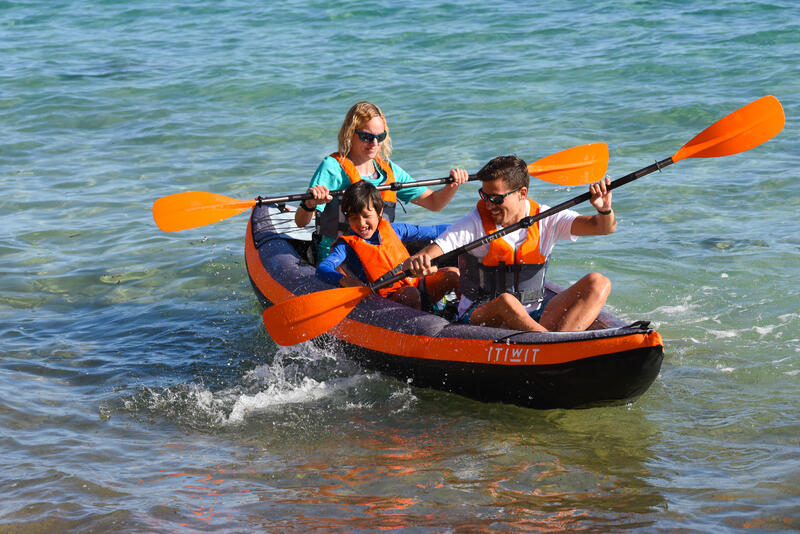
Recreational Kayaks
Walking kayaks are the most popular type of kayak on the market. It is ideal for those who want to use their kayak in calm waters such as lakes or rivers with a slow current.
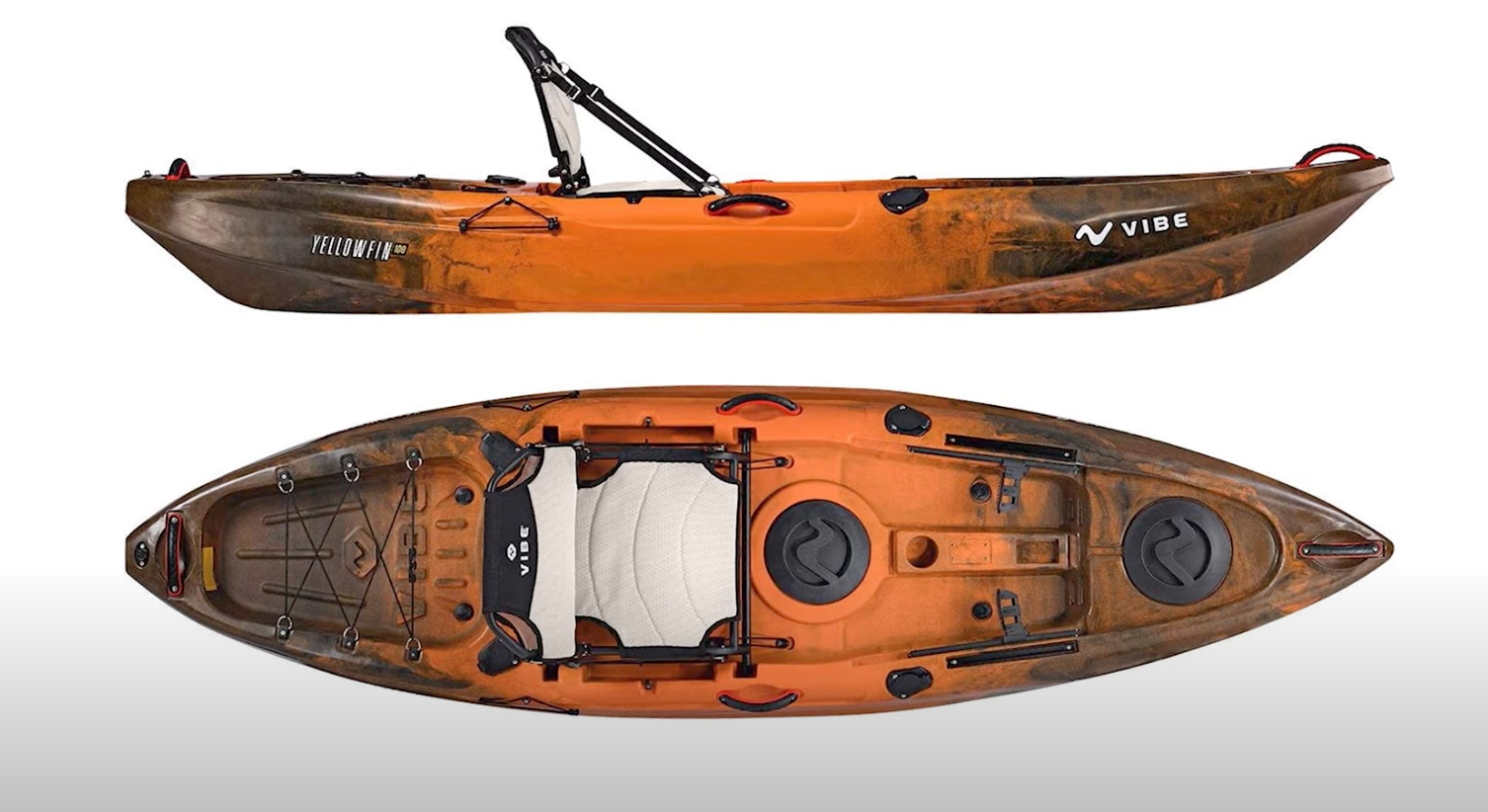
They are designed for stability and comfort and come in a variety of sizes for different paddlers. Most recreational kayaks have an open cockpit, which makes it easy to get in and out of them. Some models also have a sealed storage compartment for gear.
These kayaks tend to be shorter and wider than other types, providing more stability for beginners or those not interested in high speeds.
Touring Kayaks
Touring kayaks are designed for long trips on open water, so they are longer and narrower than recreational kayaks, allowing them to move faster and more efficiently. They also have many storage options, including sealed compartments and hatches, for long-distance travel. Hiking kayaks often have a rudder or skeg to help control the kayak in windy conditions or in moving water. If you plan to use your kayak primarily for training or long-distance travel, a touring model is likely your best bet.

Tandem Kayaks
Tandem kayaks are designed for two people, so they’re longer and wider than other types of kayaks. They offer a great way to bond with a friend or family member while paddling, and they’re also great for fishing or camping trips.
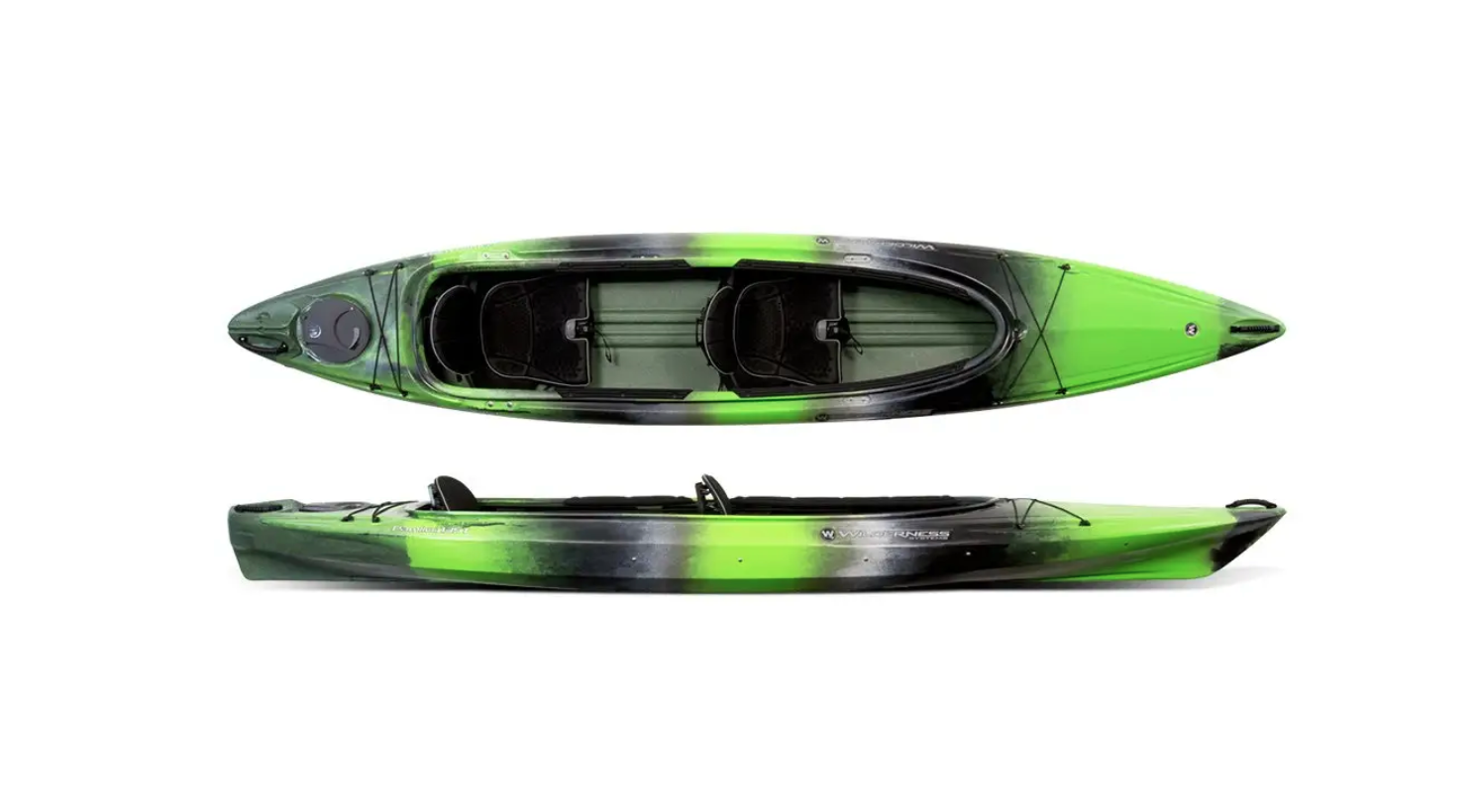
Most tandem kayaks have two separate cockpits, so each paddler has its own space. Some models also have a center seat that can be used for a child or pet. If you’re looking for a versatile kayak that can accommodate more than one person, then a tandem model is probably your best option.
Pedaling Kayaks
Pedaling kayaks are a great option for those who want the freedom of a kayak with the speed and efficiency of a bike. They’re also good for fishing, as they allow you to move around without spooking the fish.
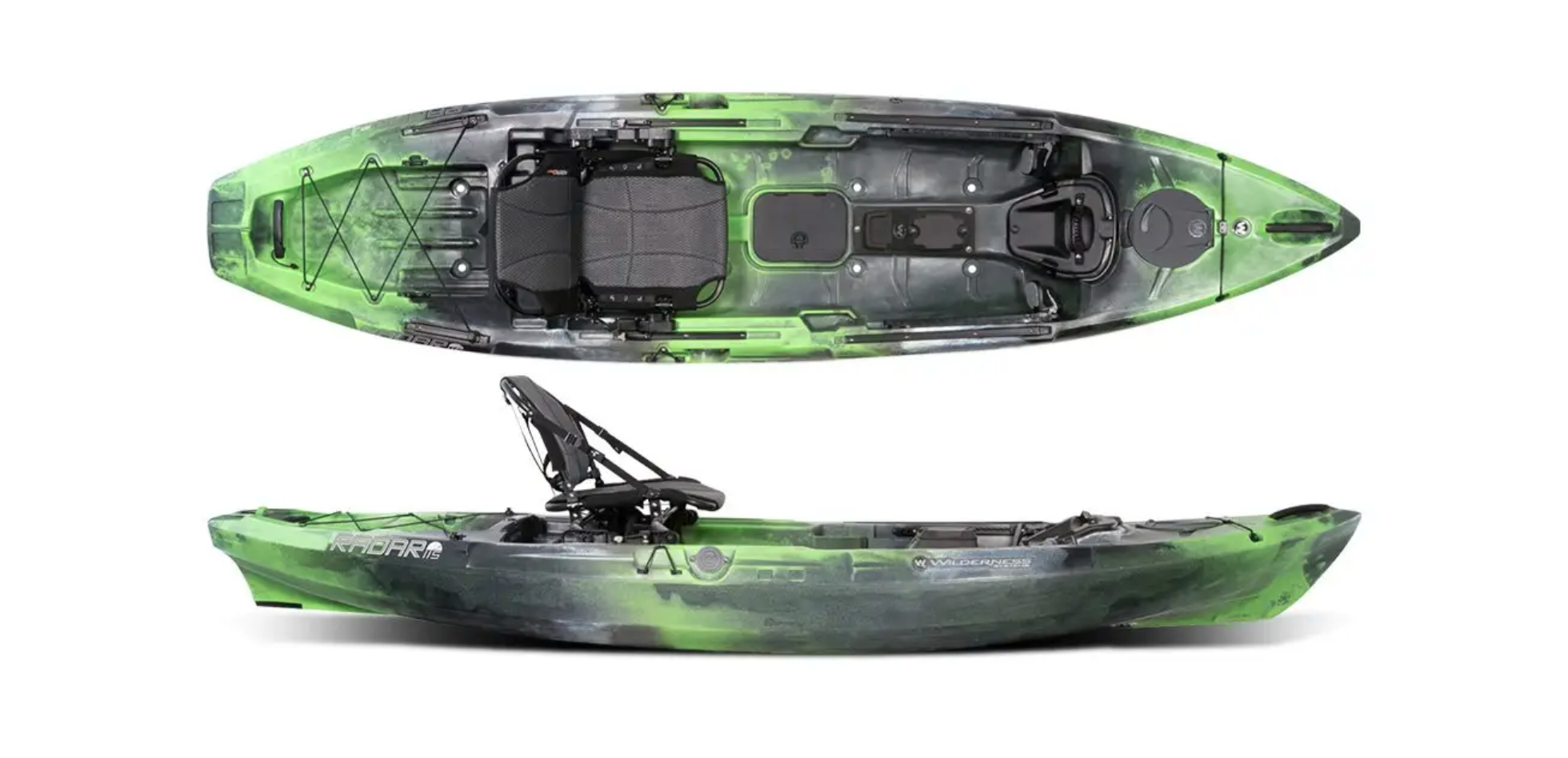
Most pedaling kayaks have two pedals that you can use to propel yourself forward, similar to a bike. Some models also have a rudder or skeg to help control the kayak in windy conditions or moving water. If you’re looking for a fast and efficient way to get around on the water, then a pedaling kayak is probably your best option.
Kayaks with the presence or possibility of a pedal drive make them ideal for many types of fishing. Moving the kayak back and forth is done with the feet, thus freeing up the user’s hands for the rods. Depending on the design, the pedals drive the propeller or paddles under the bottom of the boat. The pedal assembly can be easily retracted when transporting the boat. In shallow water, the propeller drive can be easily lifted and the blades can be spread apart, pushing them against the bottom of the boat.
Whitewater Kayaks
Whitewater Kayaks are the shortest and widest (from 4 to 10 feet ) type of kayak making them extremely maneuverable in fast-moving water; however, they can be challenging to control for beginners. The length of such boats varies from 6 to 13 feet. Watersports kayaks also have several features that make them more resistant to capsizings, such as enclosed hatches and bulkheads. Whitewater Kayaks are characterized by increased rocker, considerable volume, and increased shell strength.
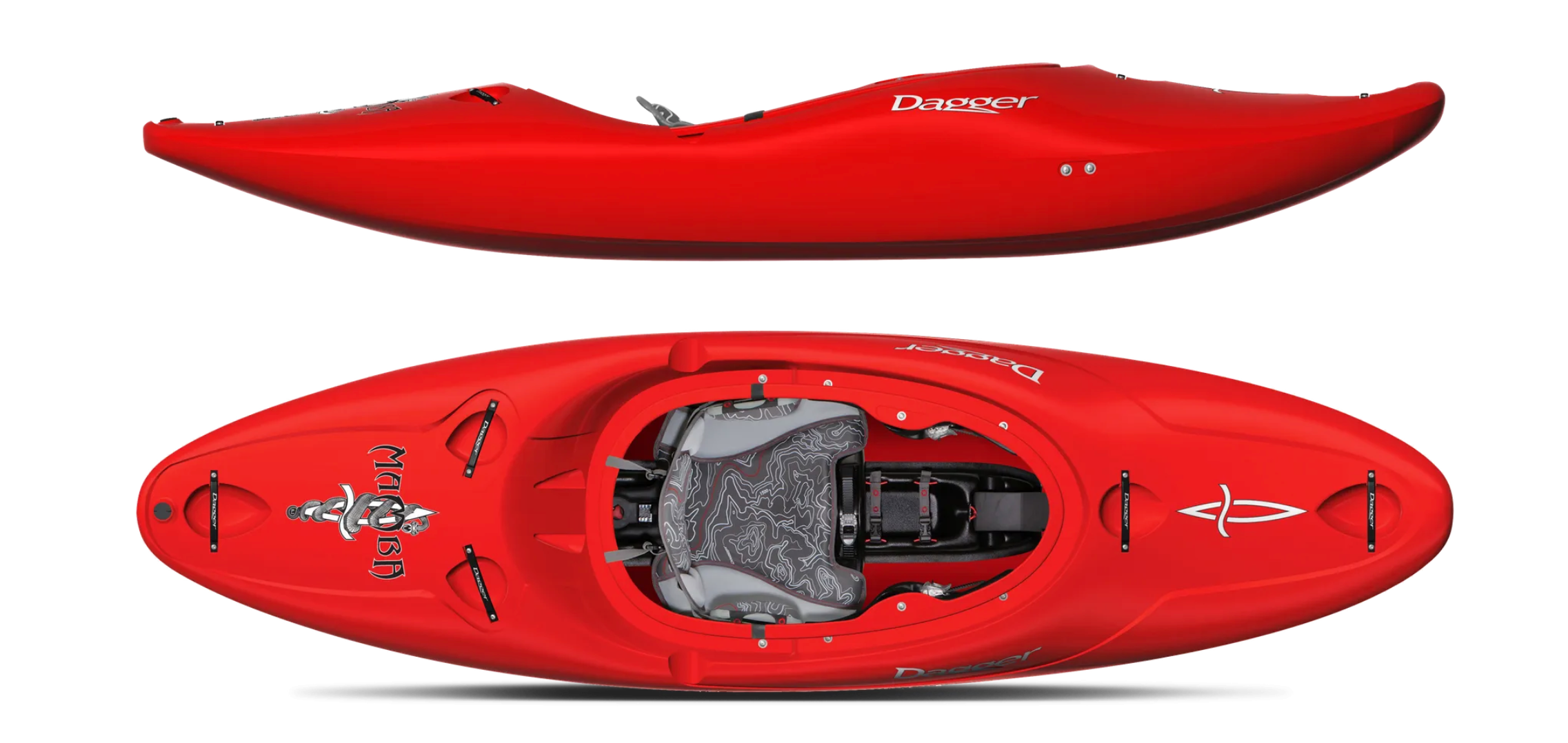
These kayaks are designed for experienced kayakers who enjoy whitewater rafting or running rivers with Class III or higher rapids.
Crossover Kayaks
Crossover kayaks are a great option for those who want the versatility of a touring kayak with the maneuverability of a whitewater kayak. They’re also good for beginners, as they’re easier to control than whitewater kayaks.
Most crossover kayaks have the length and width of a touring kayak, but they’re shorter and wider than whitewater kayaks, making them more maneuverable. They also have many of the same features as touring kayaks, such as sealed compartments and hatches, making them great for long-distance travel.
Sea Kayaks
Because sea kayaking has its own characteristics, sea kayaks are also different from the other types. They generally combine all the necessary qualities and characteristics of both a sea kayak and a simple tourist kayak for calm waters. Sea kayaks are the longest and narrowest type of kayak, making them fast and efficient in open water. So sea kayaking does not require sports training. At the same time, the bow of the hull of the vessel is somewhat “backed up”. Such a structure allows for overcoming sea waves. The fairly stable sea kayaks are suitable for beginners and are often equipped with features for advanced kayakers. Different models can be equipped with different-sized storage chambers.
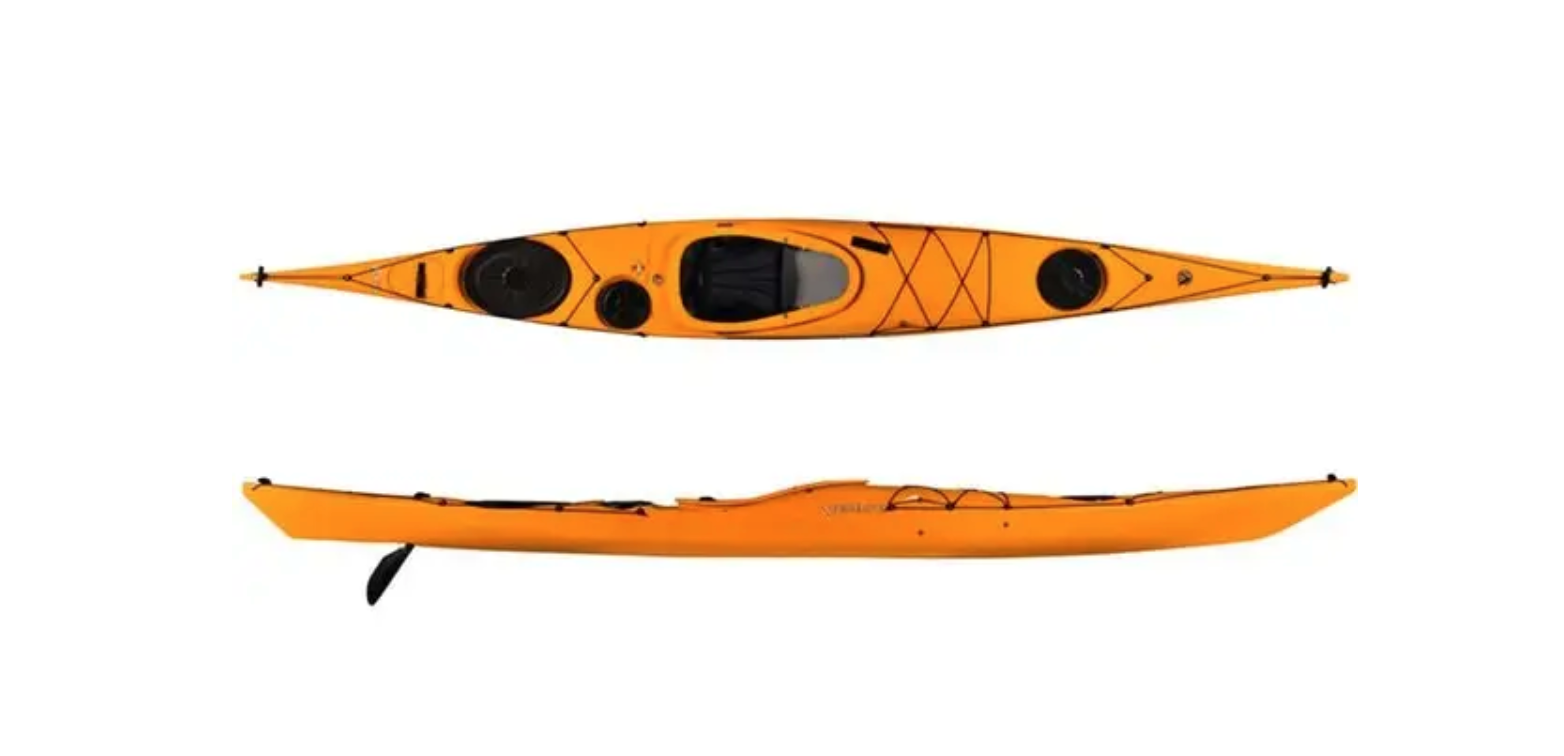
Many sea kayaks have a rudder or skeg to help control the kayak in windy conditions or moving water. If you’re looking for a fast and efficient way to get around on the water, then a sea kayak is probably your best option. Types of sea kayaks: sit-on-top and sit-in.
Folding Kayaks
Folding kayaks are unique in that they can fold up into a portable package. They are lightweight and allow those without significant storage space to access their kayaks. Such a kayak folds and unfolds by the origami principle in just 10-15 minutes, turning it into a full-fledged boat. On average, such designs weigh only 30 pounds. Fitting into a special briefcase-like case, the kayak can easily be transported in the luggage compartment of a car, on an airplane, or in a car.

But the materials used to keep the kayak light are not as strong as the body of a standard kayak. Folding kayaks are prone to cracking after prolonged use. Because of the need to fold flat, a folding kayak has no internal bulkheads, which means less storage space and more opportunities to flood the kayak. Although the best models, made of hard and wear-resistant coating, are provided for 20,000 assembly cycles.
Sailing Kayaks
The kayak sail is not a specially designed sailing kayak, but an accessory that can be attached to almost any kayak, increasing its speed and reducing the stress on the paddler. It can be added to different types of kayaks. A kayak sail can greatly increase a paddler’s ability to traverse large sections of water in a short amount of time. It reduces the physical strain on the kayaker and is ideal for those who kayak.
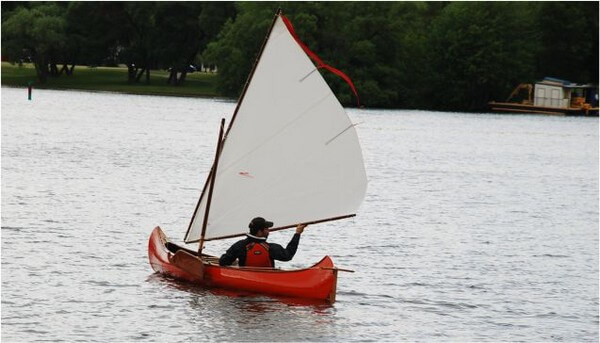
Fishing kayaks
Fishing kayaks are a great option for anglers who want to get out on the water and fish in peace. They offer all the necessary gear built right in, so you don’t have to worry about bringing along extra gear. Reliable manufacturers sell fishing kayaks with the best possible equipment. But there are models that involve retrofitting to meet your needs. This option will be cheaper.
Accessories and additional equipment typical of fishing kayaks:
- Rod holders;
- A platform for an echo sounder;
- Accessory mounting system with rails;
- Mooring bollard;
- Oar pouch;
- Universal mounting pads;
- Consoles for comfortable standing fishing
- Roller anchor systems;
- Onboard and under-seat organizers.
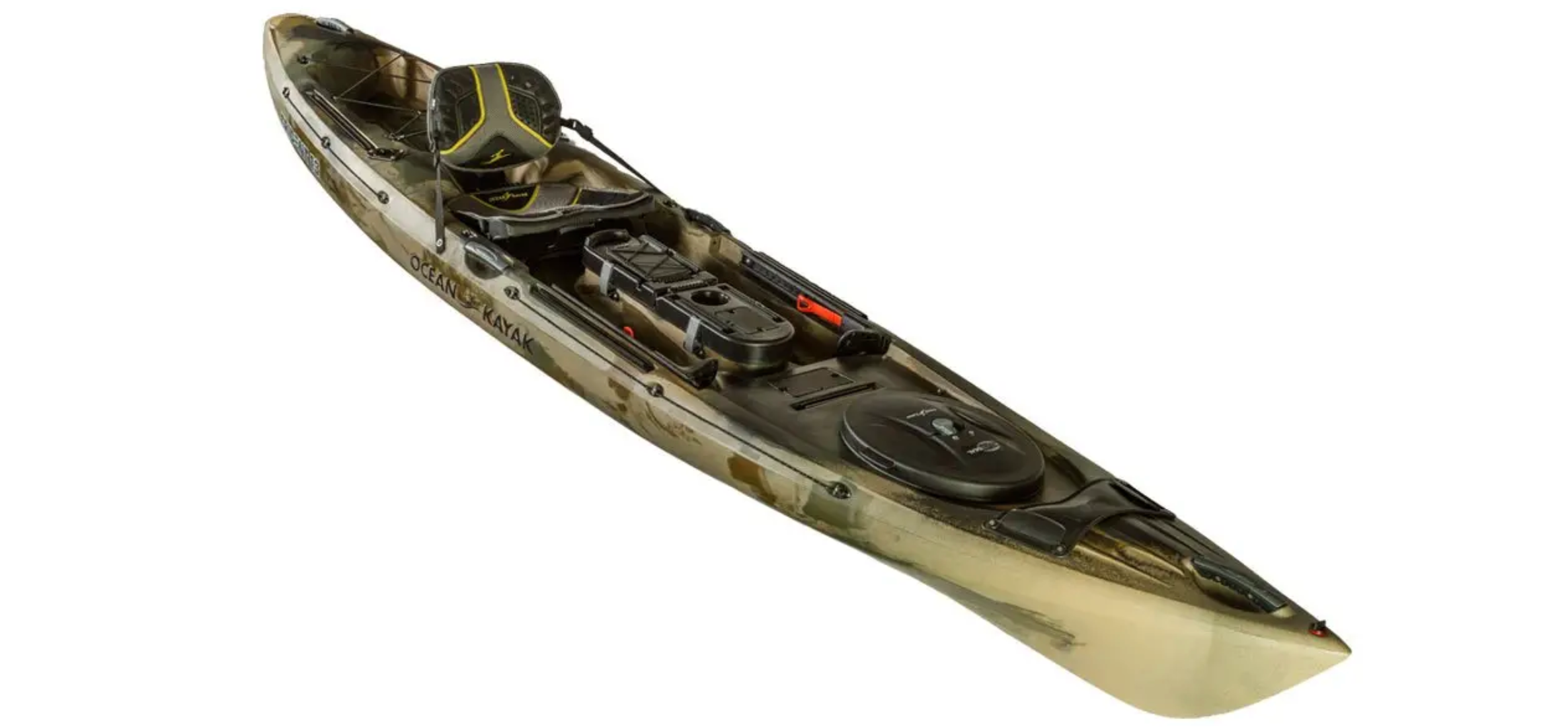
Another important criterion for choosing the right kayak for fishing is its size. It is worth giving preference to the boat, the length of 4m and more. Fishing dictates certain requirements to the stability of the boat, and therefore its width. The width should ensure comfortable boarding. Here it is necessary to take into account the physique of the rider. A fishing kayak must be stable both in sitting and standing positions.
Pay attention to the design and construction of the kayak. In most fishing kayaks you will find a rounded hull design, as it is the best option for both active and passive fishing. A foot platform (footsteps) should be present in all fishing kayaks.
But also keep in mind that fishing kayaks are slower and require more energy to paddle than touring kayaks. They are built for short trips or day trips.
When choosing a fishing kayak, it is important to consider what type of fishing you will be doing. If you plan to do some serious river fishing, a watersports kayak might be a better choice. But if you’re going to fish mostly on lakes and ponds, a recreational kayak is probably the right choice for you.
Surf Kayaks
Surf kayaks are designed to ride the waves in the ocean. They are different from other types of kayaks in that they have a surfboard-like shape and are usually shorter and narrower. Surf kayaks are also equipped with special fins that help them maneuver in the waves.
The length of a surf kayak ranges from about five to ten feet. The width is usually between 16 and 20 inches. The best surf kayaks are those that are lightweight and easy to maneuver. They should also have a good amount of storage space so that you can bring along all the necessary gear. When choosing a surf kayak, it is important to consider the type of waves you will be paddling in. If you are going to be paddling in small waves, a shorter and narrower kayak is probably the best choice.
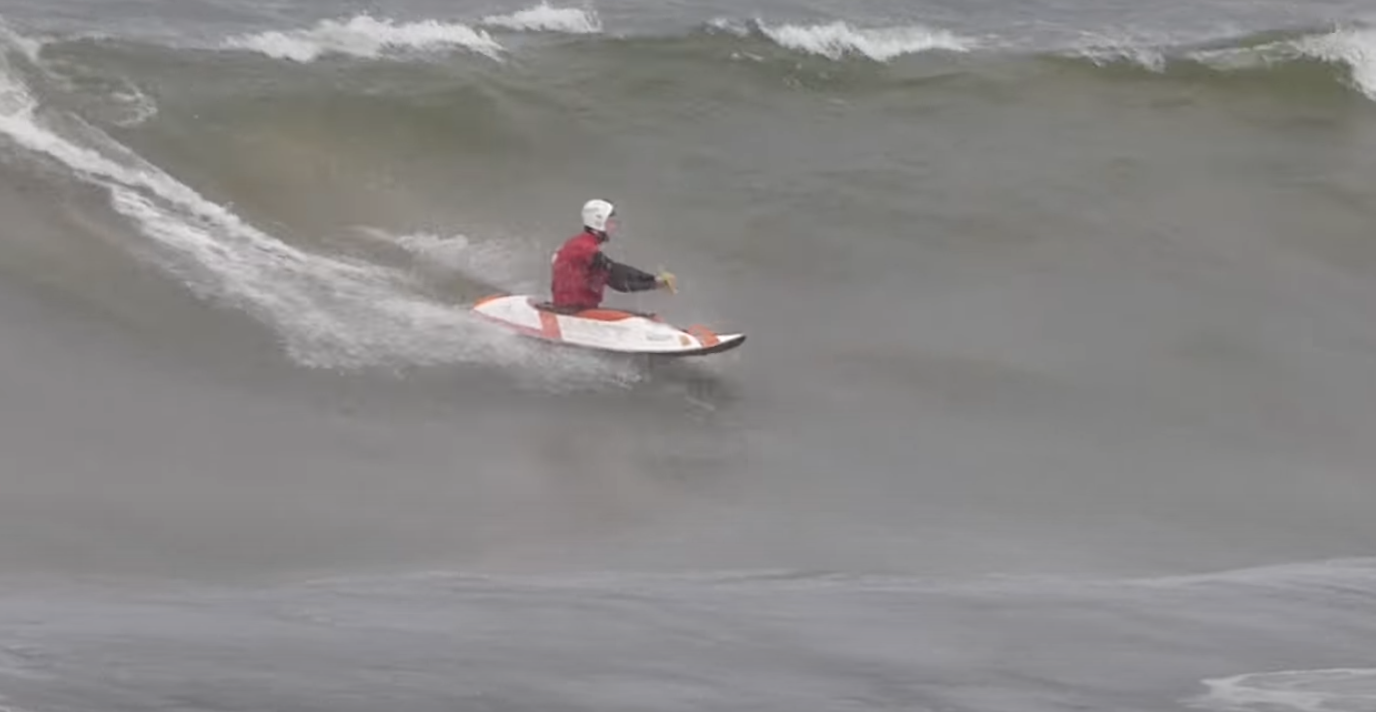
Choosing a Kayak
When choosing a kayak, you should also consider the following specifications: length, width, deck height, cockpit size, and weight capacity. The right combination of these specs will depend on your height, weight, and paddling experience. For example, a shorter and wider kayak will be more stable than a longer and narrower one, but it will also be slower. A kayak with a higher deck height will provide more stability in windy conditions, but it will also be less comfortable to paddle for long periods.
Conclusion
Kayaking is a relatively easy sport to get into, and it’s a great way to explore the outdoors. Before you head out on the water, though, there are a few things you should keep in mind. First of all, be sure to dress for the weather and wear clothing that will help you stay dry. Secondly, always practice good safety habits when paddling, such as wearing a life jacket and avoiding dangerous areas of water. And finally, make sure you know how to properly paddle your kayak before heading out – it’s not as simple as it looks!
No matter what type of kayaking you’re interested in, there’s a kayak out there that’s perfect for you. So get out there and start exploring the world from a whole new perspective!
